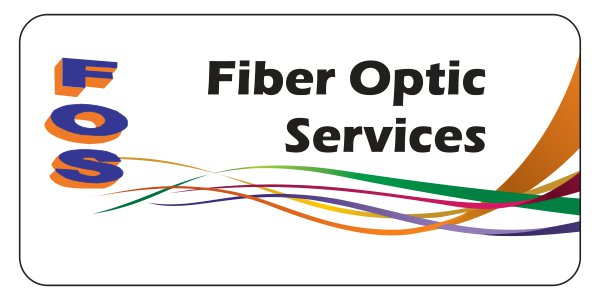PSM Applications
Complementary Aspects of Optical Alignment and Image Symmetry
INTRO: INTRODUCTION
Almost all optical elements and systems are sym- metric about their optical axes which means there are only 5 degrees of freedom that will affect op- tical alignment. Likewise, stigmatic images of a point source of light imaged by a finite conjugate optical system have 5 types of symmetry. There is a part of the image that is symmetric about the centroid of the image, and there are 4 symmetries in the plane of the image, namely, even-even, odd-odd, even-odd and odd-even. We show there is a one-to-one correspondence between the im- age symmetries and the degrees of freedom op- tical elements can be moved to align them.
Transmission sphere calibration using a Fresnel zone CGH
ABSTRACT: There are two basic methods of calibrating a transmission sphere without use of an external artifact, statistical or shear. In the low NA range where shearing is the preferred method, the calibration is difficult to perform precisely because it is hard to measure the shear distance or rotation of the reference surface precisely. If the reference is a Fresnel zone CGH, then there are two centers of curvature that provide an axis that can be located precisely. We show theoretically and experimentally an absolute method of calibrating a TS using one rotational and one translational shear.
PHYSICAL RAY TRACING WITH BESSEL BEAMS
Authors: Robert E. Parks (Optical Perspectives Group, LLC) and Daewook Kim (J. C. Wyant College of Optical Sciences, University of Arizona). INTRODUCTION Following the discovery of so called non-diffracting Bessel beams[1], they have been used for a number of exotic purposes such as trapping single atoms and aiding in the discovery of exoplanets. We discuss more […]
Prism Alignment Using A Point Source Microscope
1. INTRODUCTION Spherically mounted retroreflectors (SMRs) are an essential part of spatial metrology when using a laser tracker. However, the precision of the laser tracker measurement is no better than the precision with which the cube corner retroreflector is mounted in the spherical ball. Thus measuring the position of the apex of the cube corner […]
Centering Steep Aspheric Surfaces
1. INTRODUCTION Finding the optical axis of an aspheric surface is an essential part of making an aspheric lens because the center of curvature, or optical axis, of the second side must lie on, or be coincident with, respectively, the optical axis of the first side for maximum optical performance. Looking at the center of […]
Computer Generated Holograms As Fixtures For Testing Optical Elements
1. INTRODUCTION It is common to think of computer generated holograms (CGH) as artifacts for testing aspheres but they can also be used as general calibration artifacts and fixtures for the alignment and test other more conventional optics. We show how simple Fresnel zone patterns can be created to simulate centers of curvature or axes […]
Worldwide Representatives
All Asian Countries Except China

清 原 耕 輔 Kosuke Kiyohara
清原光学 営業部 Kiyohara Optics / Sales
+81-3-5918-8501
opg-sales@koptic.co.jp
Kiyohara Optics Inc.
3-28-10 Funado Itabashi-Ku Tokyo, Japan 174-0041
China

Langxin (Suzhou) Precision Optics Co., Ltd
1st floor, Building 10, Yisu Science and Technology Innovation Park, 100 meters west of the intersection of Xinhua Road and Weimeng Road, Kunshan City, Suzhou City, Jiangsu Province, 215345
Telephone: +860512-57284008
Contact: Wang Zengkun
+8617090133615
wangzengkun@langxinoptics.com
Optical Perspectives Group, LLC
Copyright ©
Website by CS Design Studios
